When it comes to designing the layout of your home, one of the biggest decisions you’ll have to make is whether to include a dining room or an eat-in kitchen. Both have their own set of pros and cons, so it can be tough to decide which is the best option for your family. In this article, we will take a look at the pros and cons of each option and help you make the decision that is right for you.
About the Eat-In Kitchen
The Eat-In Kitchen is a popular choice for many homes. It’s great for small families or people who don’t have a separate dining room. With its combination of countertops and seating, it’s perfect for casual meals on the go as well as larger gatherings. Plus, it can double up as an extra workspace – so you can get creative while you eat!
With the right layout and appliances, your Eat-In Kitchen could be the envy of all your friends and family.
Here are some tips to help you create the perfect kitchen:
- Invest in adequate lighting – good lighting will make meal prep much easier and more enjoyable;
- Make sure there’s plenty of counter space – it’s important to have enough room to work;
- Don’t forget the seating – having comfortable chairs or a bench will make meals more enjoyable;
- Think about storage options – you need somewhere to put your utensils, plates and ingredients;
- Choose attractive furniture and fixtures – these will help create an inviting atmosphere;
Pros and Cons
Pros:
- More versatile – it can be used for meal prep, eating, and socializing;
- Space-saving – because there’s no separate room, you save on valuable floor space;
- Cost-effective – since you don’t need to buy furniture or decorate a whole room;
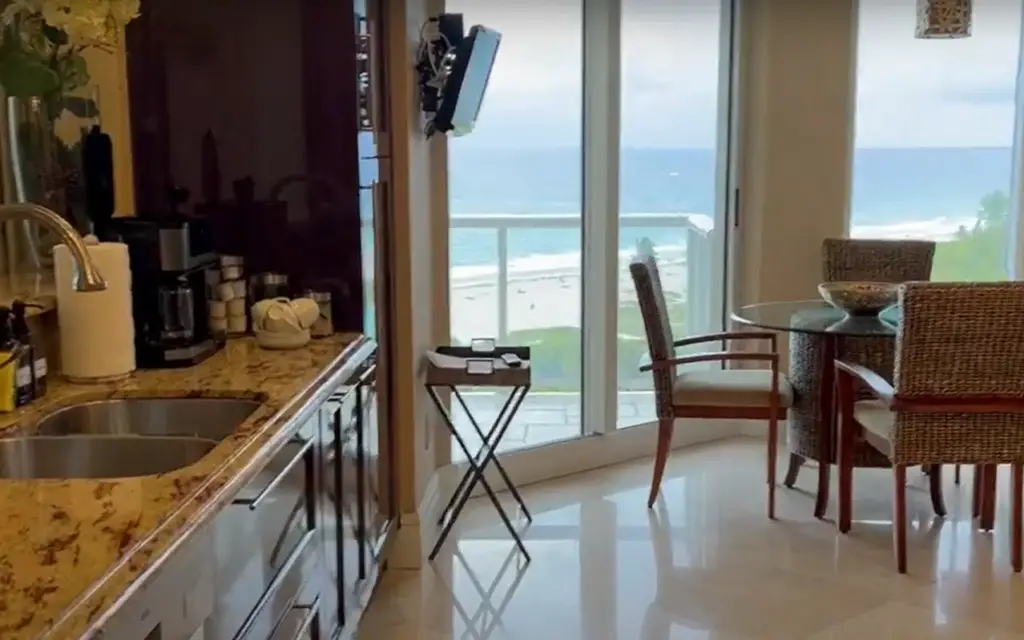
Cons:
- Limited seating – if you have visitors over, they may find it uncomfortable to eat at the countertops;
- Lacks privacy – if you want some peace and quiet while eating, an Eat-In Kitchen may not be ideal;
- Can get cluttered easily – without proper organization, your kitchen will quickly become cluttered with food and cooking items [1];
The Eat-In Kitchen has plenty of advantages – from convenience to its space-saving abilities. It’s cost-effective and easy to manage, especially if you don’t have a separate dining room. On the other hand, since it is an open-concept kitchen some people may feel that it lacks privacy or formality. This could be a concern if you need to entertain guests often, as there won’t be much separation between your kitchen and dining area.
About Traditional Dining Rooms
However, traditional dining rooms can also be quite expensive due to their size and complexity. Plus, if you don’t entertain regularly or host large dinners often then there may not be much use for a full-sized dining room. Furthermore, depending on the size of your residence, a dining room may take away from other important living spaces such as bedrooms or bathrooms.
Ultimately, traditional dining rooms are a great choice if you have the space for them and if you like to entertain often. If not, then there are plenty of other options that can work just as well.
Pros and Cons
Pros:
- Adds elegance and sophistication;
- Can accommodate a larger number of guests;
- Endless decorating possibilities;

Cons:
- Expensive due to size and complexity;
- Not practical if you don’t entertain often or host large dinners regularly;
- Takes away from other living spaces if the residence is smaller in size [2];
These are just some of the pros and cons of having a traditional dining room. As you can see, there are benefits as well as drawbacks that need to be considered before deciding which option is best for your home. Ultimately, it comes down to personal preferences and lifestyle needs.
Should You Design an Eat-In Kitchen?
The answer to this question really depends on your own personal preferences. Some people prefer the traditional look and feel of a separate dining room, while others love the convenience of having everything in one place.
There are some benefits to an eat-in kitchen that you should consider when deciding which option is best for you. For starters, having an eat-in kitchen makes it much easier to entertain guests because there’s more space for them to sit, socialize and enjoy their food. Plus, if you have kids or pets running around playing in the living room or other areas, they won’t bother anyone eating as they can stay within their designated area.
Also, an eat-in kitchen allows you to be part of the conversation while you’re cooking and cleaning, as opposed to being in a separate room. This can be especially beneficial if you have a large family or entertain frequently.
When it comes to design, an eat-in kitchen is also versatile. You can create different areas for eating and seating by using a combination of chairs and tables or stools with built-in benches or islands. You can even choose decorative elements like rugs or wall art to give the space its own unique look.
On the other hand, there are some drawbacks to having an eat-in kitchen that should also be taken into consideration when making your decision. For example, it may not look as formal and elegant as a traditional dining room setup, which could be a deal breaker for some. Additionally, the extra seating space can make your kitchen feel cramped and cluttered if you’re not careful.
At the end of the day, it really comes down to personal preference. If you love entertaining and want an area that is welcoming and inviting for guests, then an eat-in kitchen might be a great choice for you. Alternatively, if you prefer the look and feel of a more traditional dining room setup, then that might be better suited to your needs.
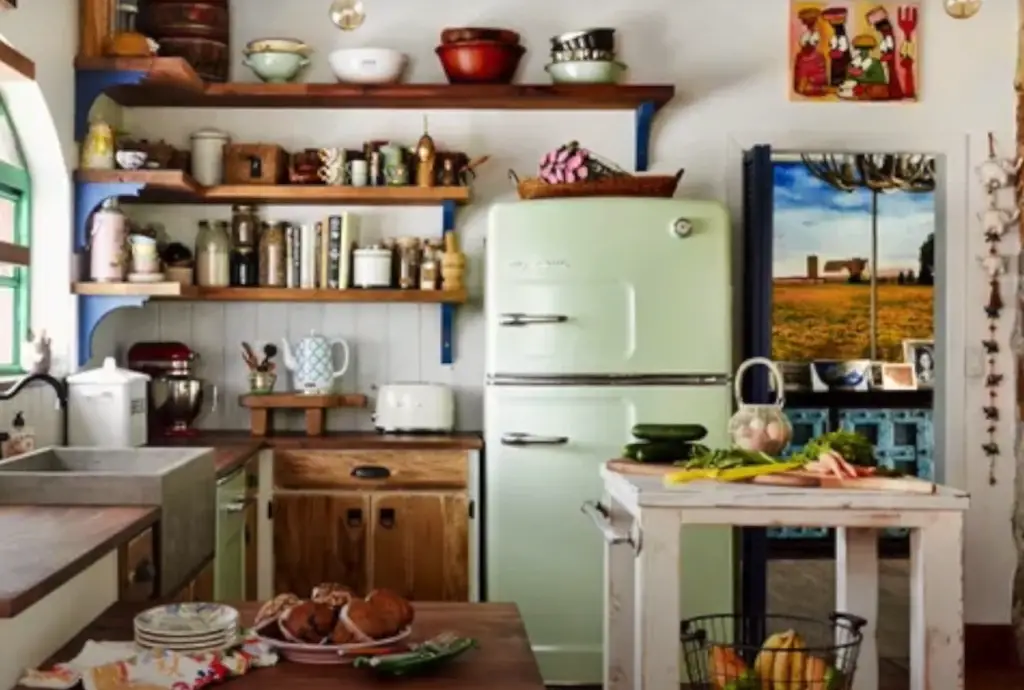
Eat In Kitchen vs. Dining Room: Kitchen Remodel Decisions
If you’re trying to decide where to invest in a kitchen remodel, it can be helpful to consider the advantages and disadvantages of both eat-in kitchens and dining rooms. An eat-in kitchen is generally defined as one that has an area that is large enough for diners to comfortably sit down and eat their meals, while a dining room is a dedicated space used solely for eating. Both have their pros and cons, so let’s take a look at them now.
When it comes to an eat-in kitchen, there are several advantages. For one thing, having your meal ready in the same place where you cooked it can save time on cleaning up since all the dishes will be easy to reach. Plus, having a large space for the whole family to gather around and eat together can be incredibly convenient. It also allows you to keep an eye on your food while it’s cooking, so you know exactly when it’s done.
However, there are some drawbacks to an eat-in kitchen as well. For one, it can be difficult to fit all of the necessary appliances in one space. Additionally, there may not be enough room for everyone to sit when the kitchen is filled with food preparation and cooking items. Furthermore, incorporating a dining table into the kitchen can make the space feel cramped or cluttered.
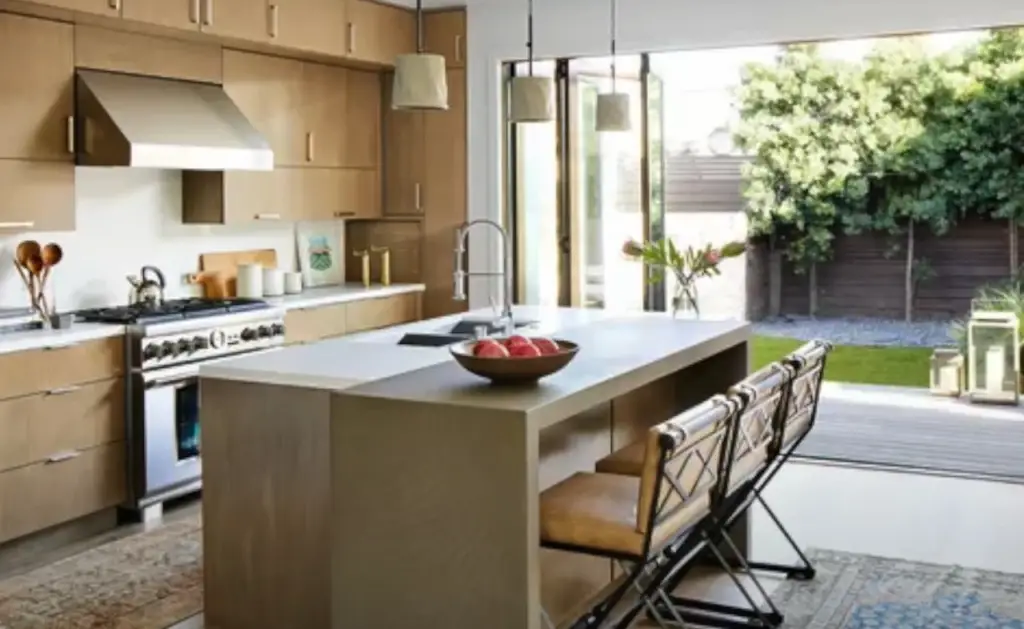
However, dining rooms can come at a cost as well. You’ll need to invest in furniture and décor that is specific for this space, and having two separate areas for meals can make it more difficult to keep track of all the dirty dishes. Additionally, you may find yourself running between the kitchen and dining room if you’re constantly refilling drinks or getting forgotten condiments. [3]
At the end of the day, there will always be a debate over which option is better: an eat-in kitchen or a dedicated dining room. It all comes down to personal preference and lifestyle; if you have enough room in your home to accommodate both spaces, then they can both be great solutions. Ultimately, it’s up to you to decide which one is right for your home and family.
Things to Consider
When deciding between an eat-in kitchen and a dining room, consider the following factors:
- Space: How much space do you have available? If you have a limited amount of space to work with, then it may be better to go with an eat-in kitchen. You can create a cozy nook within your kitchen for dining and entertaining guests. On the other hand, if you have enough room for both spaces, then having separate rooms will give you more privacy and flexibility when hosting larger groups or events;
- Cost: An eat-in kitchen is typically less expensive than building out a full dining room. Investing in new furniture and decor for a dining room can be expensive, so if you’re on a budget, an eat-in kitchen is a way to go;
- Use: How do you plan to use each space? If you primarily plan on using either space for entertaining guests or hosting events, then it may make more sense to have a separate dining room with enough seating for everyone. On the other hand, an eat-in kitchen is great for intimate gatherings and spending quality time with family;
- Maintenance: Do you prefer low-maintenance spaces? An eat-in kitchen requires less upkeep than a full dining room – think of all the extra dusting and polishing that goes into maintaining tables and chairs in the dining room;
- Style: What kind of aesthetic are you going for? An eat-in kitchen is a great way to combine the modern convenience of cooking and dining together in one space, while a traditional dining room creates an elegant atmosphere that feels formal and timeless. Choose the option that best suits your style preferences;
No matter which option you choose, both an eat-in kitchen and a separate dining room can be beautiful spaces for gathering with family and friends. Consider all the factors above to decide which will work best for your home. With some thoughtfulness, you can create the perfect environment for entertaining and enjoying quality time with loved ones!
FAQ
Do you need a dining room if you have an eat-in kitchen?
No, you don’t need a dining room if you have an eat-in kitchen. An eat-in kitchen can provide all the seating and storage space of a traditional dining room, as well as many of the features that make it an ideal spot for entertaining. It can be used to host small family gatherings or intimate dinners with friends without having to leave the comfort of your home. If you’re tight on space, an eat-in kitchen can be a great alternative to the traditional dining room setup. [4]

How important is an eat-in kitchen?
The eat-in kitchen is a great way to enjoy meals with family and friends while also taking advantage of extra counter space. It can be used as a place to work, entertain, or just relax after a long day. Depending on your lifestyle, an eat-in kitchen may provide the perfect solution for entertaining guests or simply enjoying the warmth of home.
Overall, an eat-in kitchen is a great way to boost the functionality and ambiance of your home. Not only can you make meals at home more convenient, but it also adds value to your house. A dining room may be important for formal occasions, but an eat-in kitchen offers so much more!
Is it OK not to have a dining room?
Absolutely! Many people don’t have a dedicated dining room, and that’s totally fine. If you don’t have one or are tight on space, an eat-in kitchen can be the perfect alternative. It can provide enough room for comfortable meals with friends and family without feeling cramped or confined. This type of layout is also great if you want to use your eating area for multi-purpose activities like homework and puzzles.
An eat-in kitchen does require more planning than a traditional dining room, however. You’ll need to consider the size and shape of your space in order to make sure it’s functional and ergonomic. Think about things like countertops, appliances, lighting fixtures, furniture placement, etc. If you have limited space, look for furniture pieces that can double as storage and seating. And don’t forget to invest in comfortable chairs and a good quality table!
It’s also important to be mindful of the color schemes and decor you use in an eat-in kitchen. Avoid over-cluttering or creating a visual distraction. Instead, opt for neutral tones with some pops of brighter colors here and there. This will help keep the space feeling clean, open, and inviting.
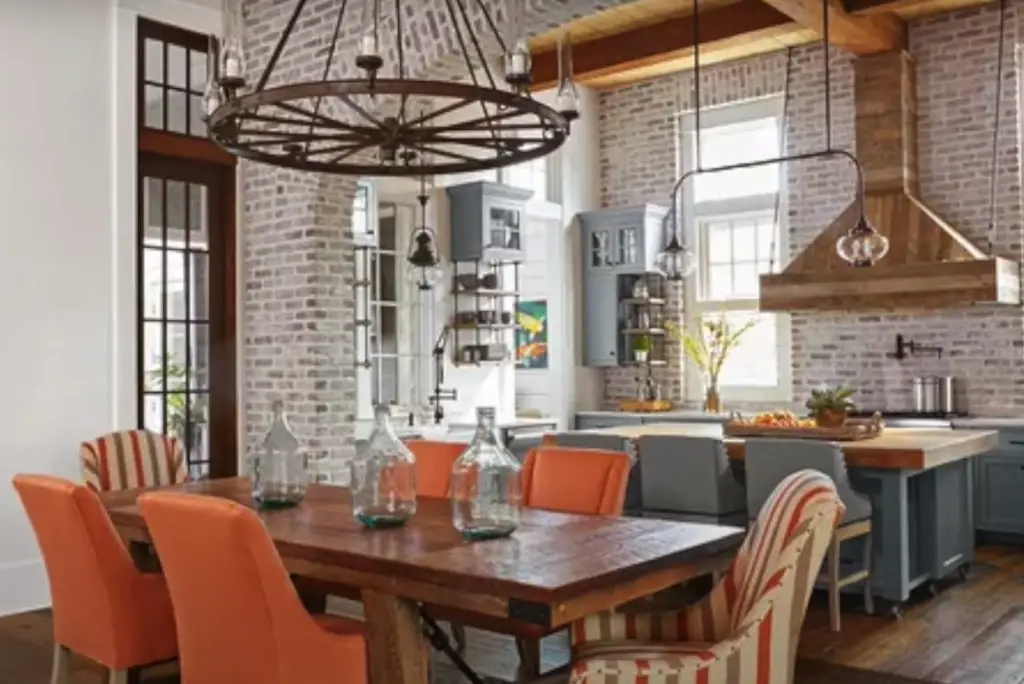
Overall, it’s totally OK if you don’t have a dining room in your home – an eat-in kitchen is a great alternative! With thoughtful planning and design, you can create an enjoyable eating area that’s perfect for all occasions.
Is it better to have a separate dining room?
When it comes to deciding whether an eat-in kitchen or a separate dining room is better, it really depends on your personal preference and lifestyle. A dedicated dining room gives you the opportunity to create a formal atmosphere that can be used for hosting dinner parties, while an eat-in kitchen allows you to casually sit down with family and friends when sharing meals.
If you love entertaining, then having a separate dining room will give your guests a special space away from the main living area of your home. You can decorate it with beautiful furniture and pieces that will make it stand out as its own distinct area in your house. On the other hand, if you’re not particularly interested in throwing dinner parties, then having an eat-in kitchen may be more practical for you.
An eat-in kitchen gives you the freedom of having a cozy place to share meals without needing to take up extra space with a separate dining room. You could even have it double as seating for your morning coffee and lunch breaks. This type of setup also offers an additional work surface, allowing you to save counter space in your main kitchen area for meal prep and other activities.
Ultimately, whether it’s better to have an eat-in kitchen or a separate dining room is really up to you and your lifestyle preferences. If you’re looking for a versatile solution that embraces both formal occasions as well as casual meals, then opting for both spaces can be a great way to get the best of both worlds.
Useful Video: Smart, Elegant, Small Eat-in Kitchens
Conclusion
At the end of the day, whether an eat-in kitchen or a dining room is better for you comes down to what works best for your lifestyle. If your family loves being together in the same space and can make use of all that extra seating, then a dining room might be your best option. On the other hand, if you prefer a more casual atmosphere and multifunctional rooms, then an eat-in kitchen might be the way to go. With all these factors in mind, it’s easy to see why both have their advantages!
Whichever option you choose, just remember that with some creativity and careful planning, either one can be transformed into a beautiful gathering place for friends and family alike. Plus, with all the furniture, décor, and accessories available today, you’re sure to find something that will fit your needs perfectly. So go ahead, get inspired, and create a space that works best for you! Good luck!
References:
- https://modernkitchen.com/dining-room-kitchen-diner-pros-cons/
- https://www.dreammaker-remodel.com/tyler/2021/08/06/eat-in-kitchen-vs-dining-room-the-right-choice-for-you/
- https://www.cavalierbuildersinc.com/kitchen-remodel-vs-dining-room/
- https://mosbybuildingarts.com/designer-talk-do-you-really-need-a-dining-room/





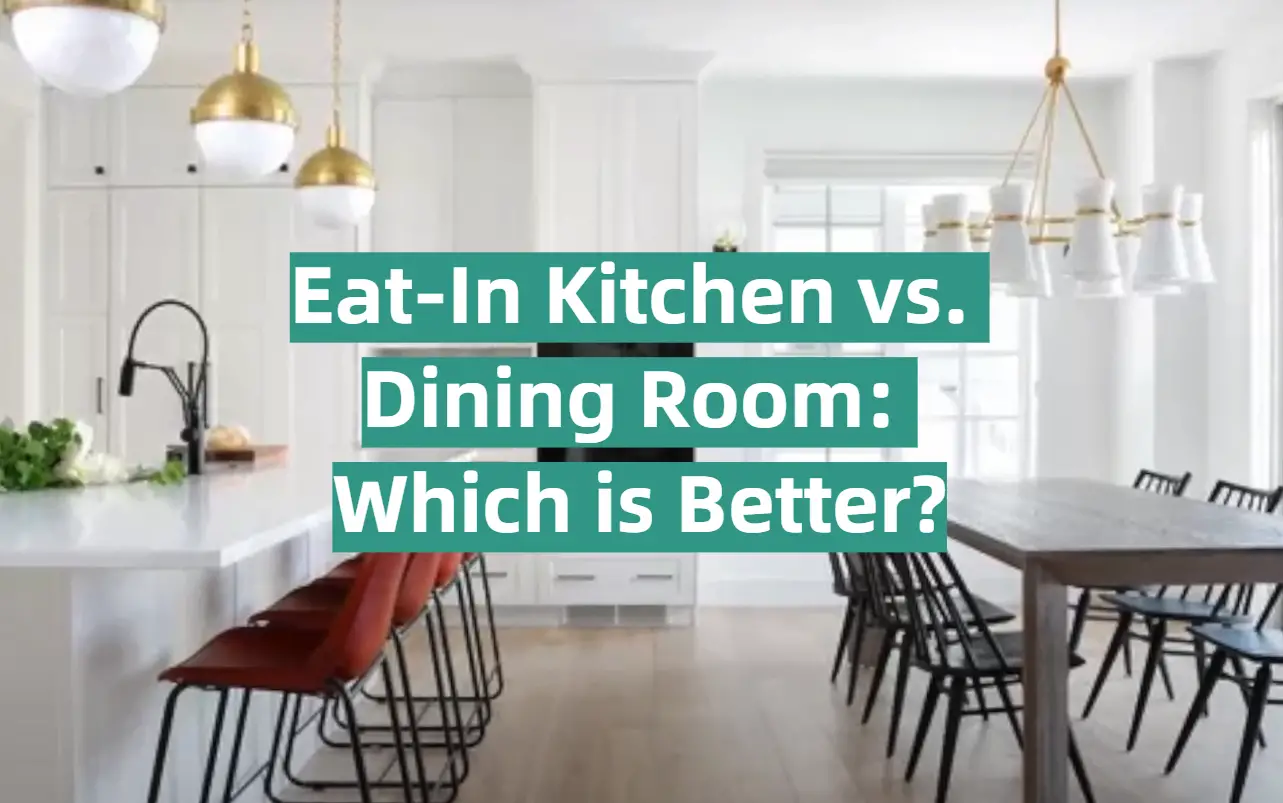




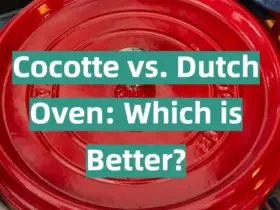


Leave a Reply